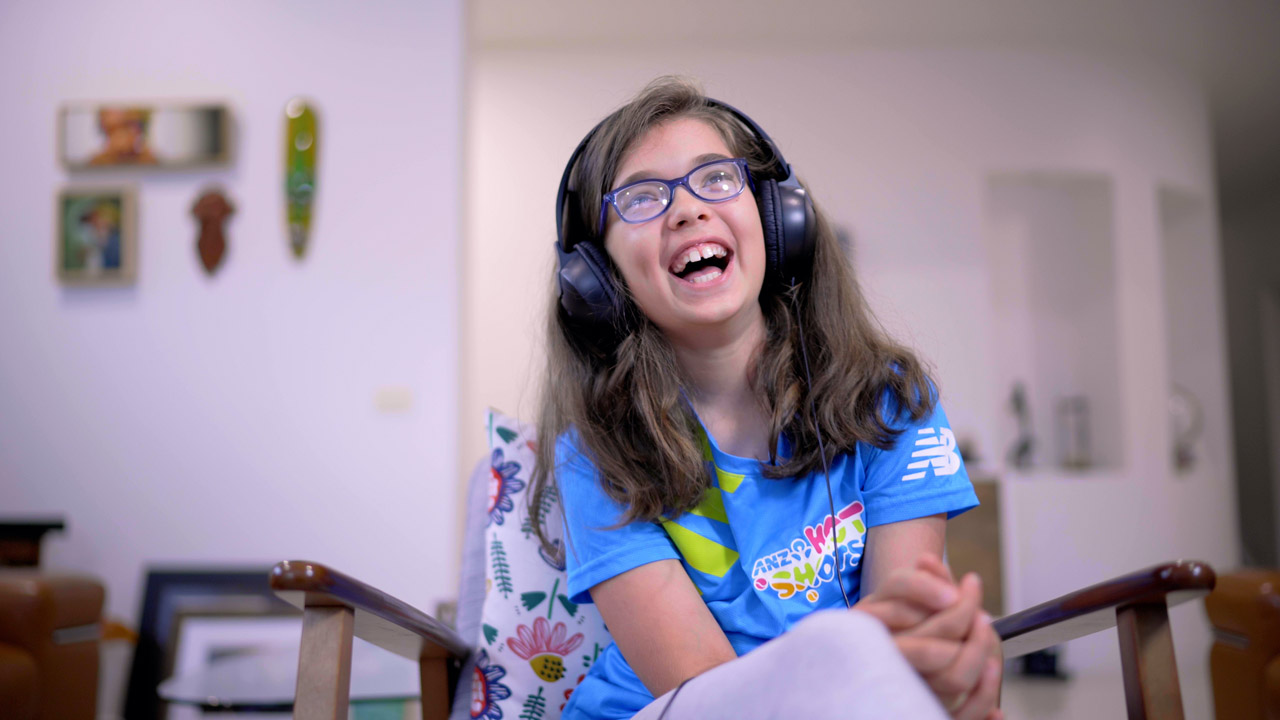Using existing technology was an important part of the creation of Action Audio, and a major component of this was utilising the Hawkeye ball-tracking data already in use at major tennis tournaments.
Ball tracking data from the Australian Open’s Hawkeye point adjudication system forms the backbone of the Action Audio experience. Traditionally used for line calls and replays, the ability to activate this data as a live feed is in itself an innovation.
In 2019 AKQA began analysing Hawkeye data from the 2018 AO Men’s final, exploring creative ways to use it to enhance the live sports broadcast experience. As we worked more closely with the teams at Tennis Australia and Monash University, we realised that the techniques we had developed could be used to create a rich and meaningful experience for sports fans with blindness or low vision.
Through the combination of sound design, audio production and data processing techniques we were able to create a unique and meaningful piece of work.
Teams from AKQA and Monash University worked collaboratively with the Blind Tennis Association and Blind Sports & Recreation Victoria to co-design the Action Audio experience with blind and low vision sports fans.
Over a two year process of co-design, prototyping and iterative testing with blind tennis fans, we developed a set of sound design principles to make best use of this data, and create an enjoyable and informative experience for blind audiences with minimal onboarding.
Action Audio launched during the finals of the 2021 Australian Open tennis tournament to a global audience of millions. It was provided as a free audio stream through the AO website, and simulcast on Vision Australia Radio.
For many blind sports fans, it was the first time they could follow the Open live, alongside friends and family.






